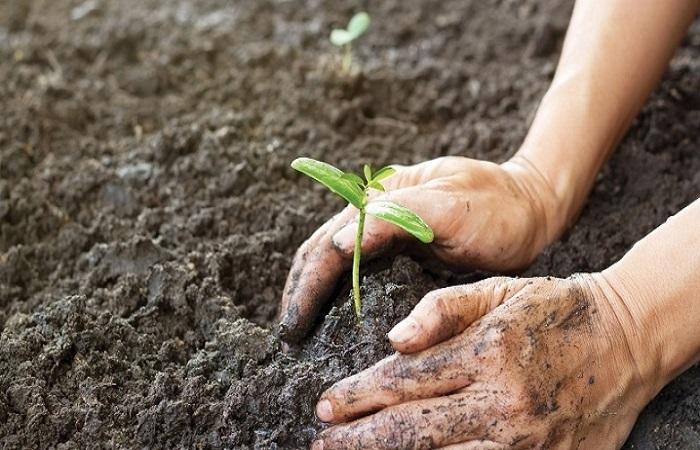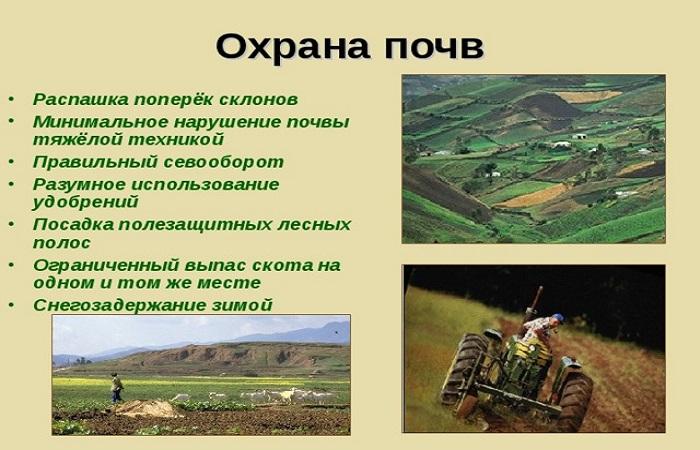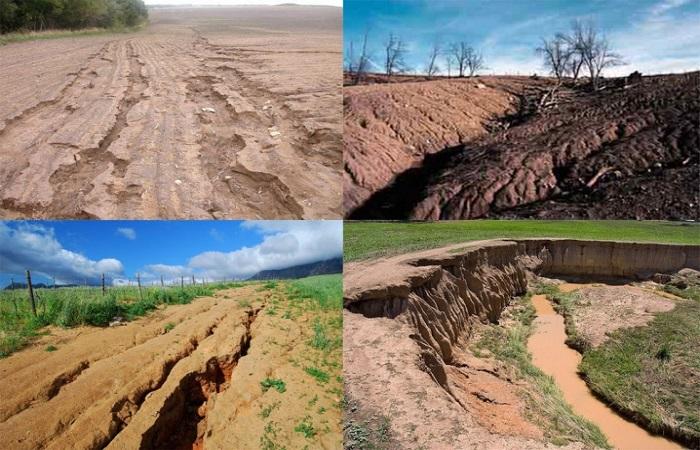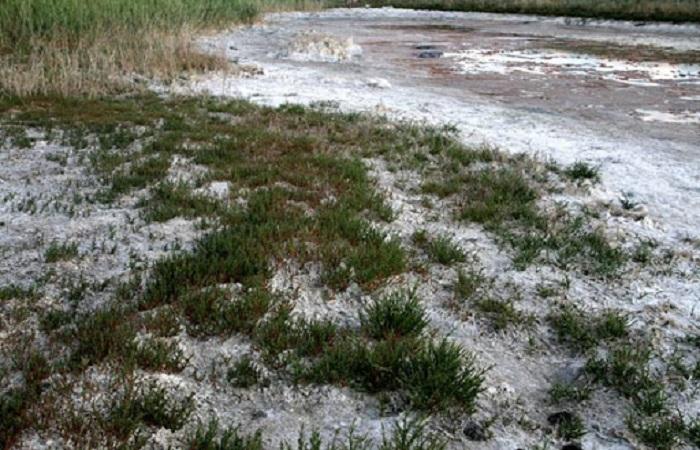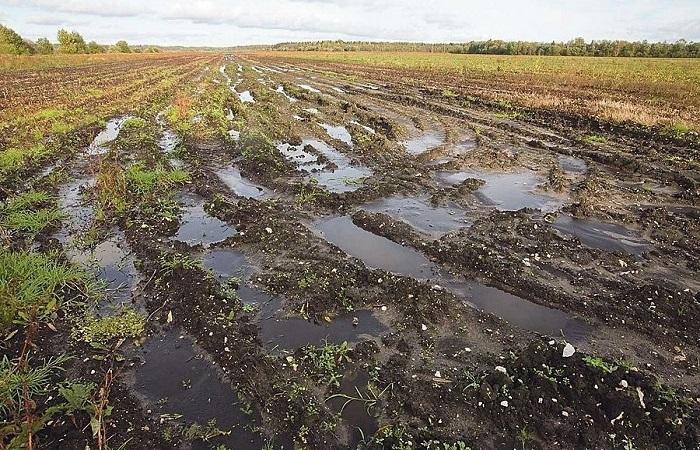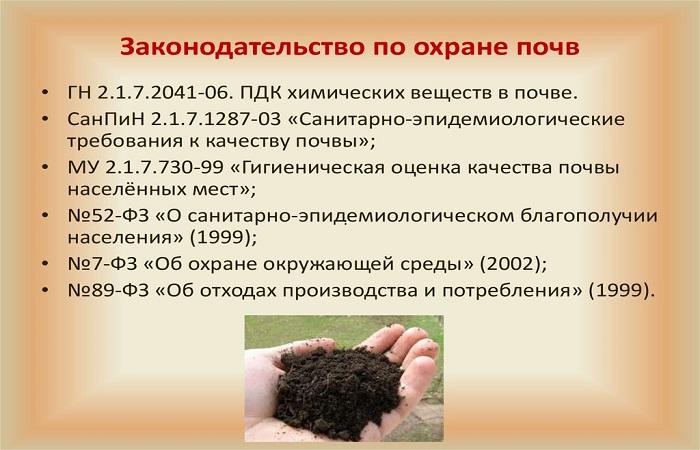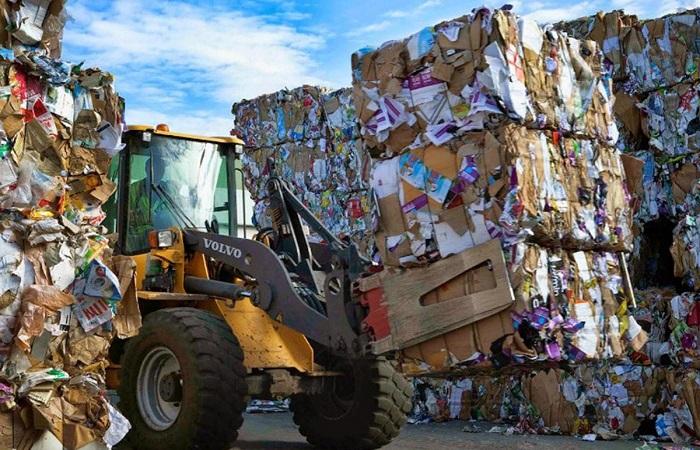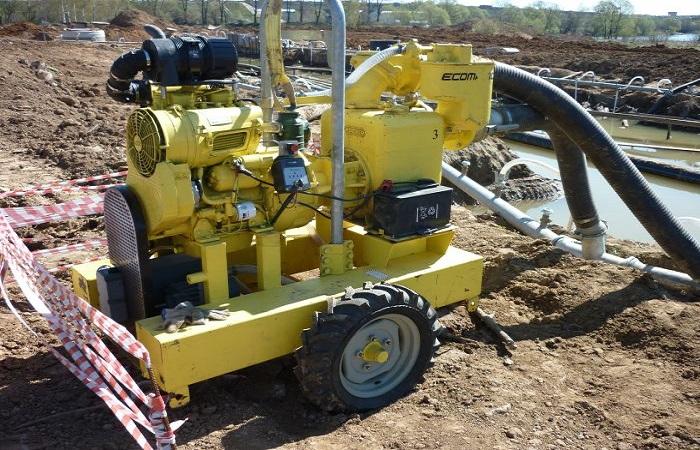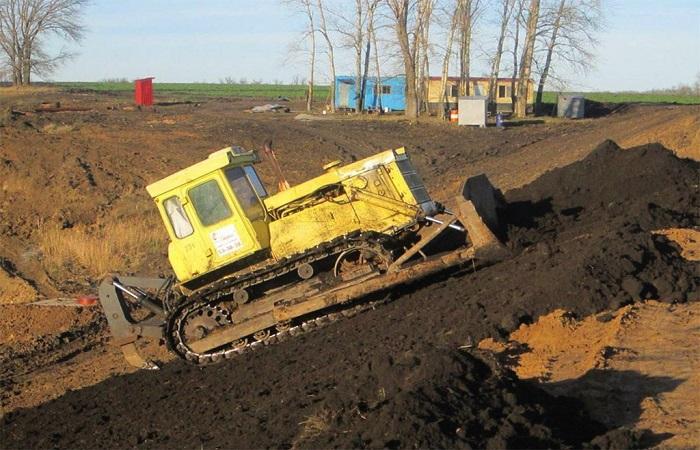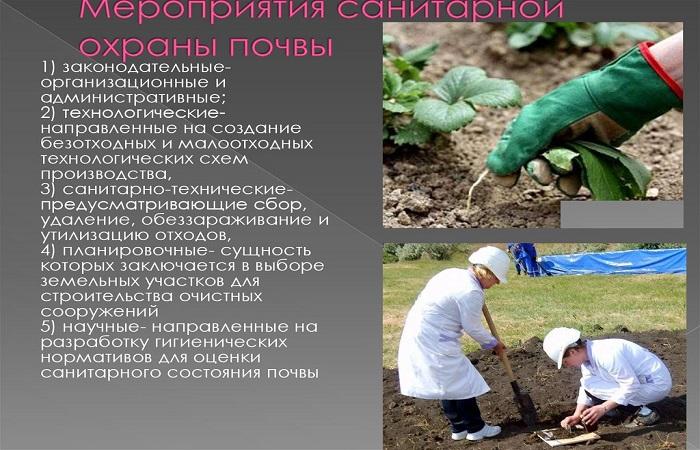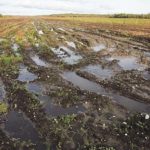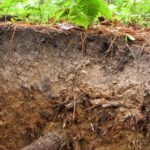Nature creates soil over thousands of years, millimeter by millimeter forming a fertile layer that can give life to millions of plants. Humanity can destroy all this wealth in a matter of moments. That is why in recent decades society has become concerned about protecting the soil, otherwise we risk being left without the main sources of food for ourselves and farm animals.
What is soil conservation?
The main reason prompting humanity to take up soil protection is the threat posed by land pollution. The condition of the soil is affected by many factors, from environmental pollution to decreased fertility, from the accumulation of toxic substances and microorganisms to disruption of ecological balance. All this negatively affects the lives of hundreds of thousands and millions of people.
The state of the environment and the soil in particular depends on what kind of environmental management people have chosen:
- Irrational.
- Rational.
Rational environmental management is harmony between man and nature, competent and careful attitude to the gifts of the planet. With it, people not only treat the environment with love, but also make efforts to maintain the existing balance, take measures to ensure that future generations enjoy clean and healthy soils and other natural resources.
Good practices include the following:
- Taking care of renewable resources.
- Economical approach to non-renewable resources.
- Extraction of mineral resources with minimal impact on nature.
- Preservation of flora and fauna, including through the creation of reserves, sanctuaries, and protected areas.
- Introduction of advanced agricultural practices to minimize the harmful effects of human activity.
- Recycling of raw materials and waste.
- Caring for environmental balance.
Pollution of the biosphere and destruction of ecosystems, a barbaric attitude towards natural values negatively affect the condition of soils, which ricochets back to humanity, leading to the depletion of fertile lands, decreased productivity, erosion, weathering, salinization, and contamination with hazardous substances. This threatens with dire consequences in the future, including disease, hunger, environmental and natural disasters.
Main environmental issues
There are many reasons for the destruction of soil resources, and most of them are related to human activities.
Erosion
The soil forms on its own and recovers much more slowly than its degradation and destruction caused by erosion. Its main types:
- Water.
- Wind.
- Formation of ravines.
All types of erosion lead to soil depletion and thinning of the fertile layer, disrupt the topography and make the land unsuitable for agriculture.
Secondary salinization
This is the process of oversaturation of arable soils with minerals during irrigation. This happens due to the fact that irrigation is carried out with water with a high content of microelements or due to the rise of mineralized groundwater during irrigation. A similar result is also obtained when soils are drained.
Salinity negatively affects plant growth, which leads to a decrease in farming efficiency.
Soil pollution
This process may be caused by the following reasons:
- Inorganic waste from production and human activities.
- Technological and industrial, transport emissions.
- Accumulation of heavy metals, radioactive components, pesticides.
Soil pollution poses a double threat: it negatively affects the growth of plants and negatively affects the health of the population, since plants absorb substances from the poisoned soil that provoke diseases in people and animals that feed on fruits from such lands.
What activities are carried out for soil sanitary protection?
For soil sanitary protection to be effective, it is necessary to use a set of measures aimed at preventing all types of negative impacts on them.
Legislative
For soil protection to be effective, laws must be passed at the national and global level. Each country has its own legislation that is designed to formulate ways to protect soils and penalties for violating them.
Technological
To protect soils, the following technological methods are used, aimed at solving the following problems:
- Cleaning used liquids before disposal.
- Cleaning up emissions into the atmosphere.
- Recycling of waste.
- Transportation and storage of raw materials, products and waste, eliminating negative impacts on the environment and soil in particular.
- Removal and storage of topsoil during the construction of industrial enterprises.
- Use of advanced technologies that reduce environmental load.
The development of methods aimed at creating waste-free or low-waste enterprises, as well as waste recycling, is the most promising method of business management.
Sanitary
These measures include the collection, storage, transportation, disposal and processing of liquid and solid industrial and household waste.
Liquid waste includes wastewater, including storm water, sewer liquids, and household liquid waste. Solid waste is more diverse and includes not only household and street garbage, but also medical waste, carcasses and body parts of animals, slag, food waste and materials of non-food origin.
Planning
These measures consist of selecting zones for the construction of treatment facilities, creating sanitary protection zones between them and populated areas planned for settlement, and places of water intake. Also, such activities involve planning and laying out routes for specialized vehicles.
Scientific
These activities are related to the development of hygienic standards for assessing the sanitary condition of the soil due to chemical and biological contamination.
Efficiency
To achieve global results in soil conservation and protection, coordinated action across the planet is needed. It should include a full range of measures aimed at the comprehensive protection of soil resources. Moving in only one direction and solving problems in fragments, it is difficult to achieve results.It is necessary to combine the disparate efforts of individual branches of government and the state as a whole with technical and scientific developments.
An important role is played by the education of land users and the formation of the farming culture of the new millennium, which consists of careful and conscious use of resources. Restoring soil fertility is much more difficult and time-consuming than trying to protect what we currently have.
To achieve success, it is necessary to use the entire range of measures; only then can you count on the effectiveness of protection. All levels must be involved in the work - from the individual to government agencies.

